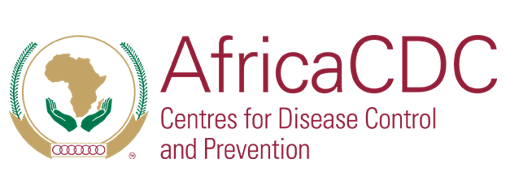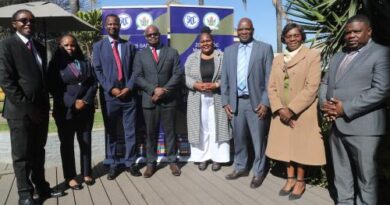Southern Africa Battles Alarming Surge in Malaria Cases
Southern Africa is experiencing a significant resurgence of malaria, with sharp increases in cases and deaths reported across Zimbabwe, Botswana, Namibia, and the Kingdom of eSwatini, according to new data from the Africa Centres for Disease Control and Prevention (Africa CDC).
The resurgence emphasizes the enduring challenges in controlling one of Africa’s deadliest diseases amid changing climate patterns and increasing exposure through high-risk livelihoods.
Zimbabwe has recorded a dramatic rise in malaria cases in 2025, with 111,998 suspected cases and 310 deaths reported by epidemiological week 23. This marks a near fourfold increase from 29,031 cases and 49 deaths during the same period in 2024. Health authorities have identified Mashonaland Central as the hardest-hit province, responsible for 32% of all cases, while Manicaland has seen the highest death toll.
Dr. Memory Mapfumo, an epidemiologist with Africa CDC, attributed the surge to prolonged rainfall, poor use of insecticide-treated bed nets (ITNs), and risky livelihoods like artisanal mining and fishing that expose individuals to mosquito bites during peak activity hours.
“Malaria is no longer just a rural health issue; it’s a broader development challenge tied to climate, livelihoods, and health system gaps,” Dr. Mapfumo said.
Botswana, once nearing malaria elimination, has recorded 2,223 cases and 11 deaths from weeks 1 to 23 of 2025, compared to just 218 cases and zero deaths in the same period last year. The Okavango region accounts for 69% of these cases. Authorities link the outbreak to flooding and low community awareness, which have delayed diagnosis and treatment.
The government has ramped up efforts, including ITN distribution, community campaigns, and intensified surveillance, but these have been hampered by limited funding and community resistance.
Namibia is also facing a malaria emergency, with over 89,959 cases and 146 deaths reported since November 2024. Notably, 18% of these cases are imported from neighbouring countries, reflecting the cross-border nature of the outbreak. The most affected districts include Katima Mulilo, Rundu, Outapi, Andara, and Nkurenkuru.
Children over five and pregnant women have been hit hard, accounting for 11% and 3% of reported cases respectively, while men represent 58% of the total case load.
Even eSwatini, in the malaria elimination phase, has not been spared. Between July 2024 and March 2025, 187 cases were reported, with children under 15 making up 15% of these and 20% affecting farmers, particularly those involved in illegal farming in mountainous areas.
The Ministry of Health has intensified indoor residual spraying (IRS) and ITN distribution, but challenges remain in community uptake and full coverage of interventions.
Experts warn that climate change is altering rainfall and temperature patterns, expanding the range of malaria-carrying mosquitoes into previously unaffected areas. The interconnectedness of southern Africa, especially in border districts, is also facilitating transmission across national lines.
“This is no longer a localised problem. It is a regional and global challenge,” said Dr. Merawi Aragaw, head of Surveillance and Disease Intelligence at Africa CDC. “Coordinated cross-border surveillance, environmental management, and sustainable vector control measures are essential.”
Despite the setbacks, there is hope. Cabo Verde was certified malaria-free in 2023, and Egypt is on track to follow in 2024, proving that with strong surveillance, consistent prevention, and public cooperation, malaria elimination is achievable.
Africa CDC is calling for enhanced investments in malaria control, including expanding the use of ITNs, community education, and rapid data reporting systems. Regional cooperation is also being emphasized as a key pillar for long-term success.
“We must act now to avoid reversing the hard-won progress of the last decade,” said Dr. Mapfumo. “The tools exist. What’s needed is the commitment and coordination to apply them.”



